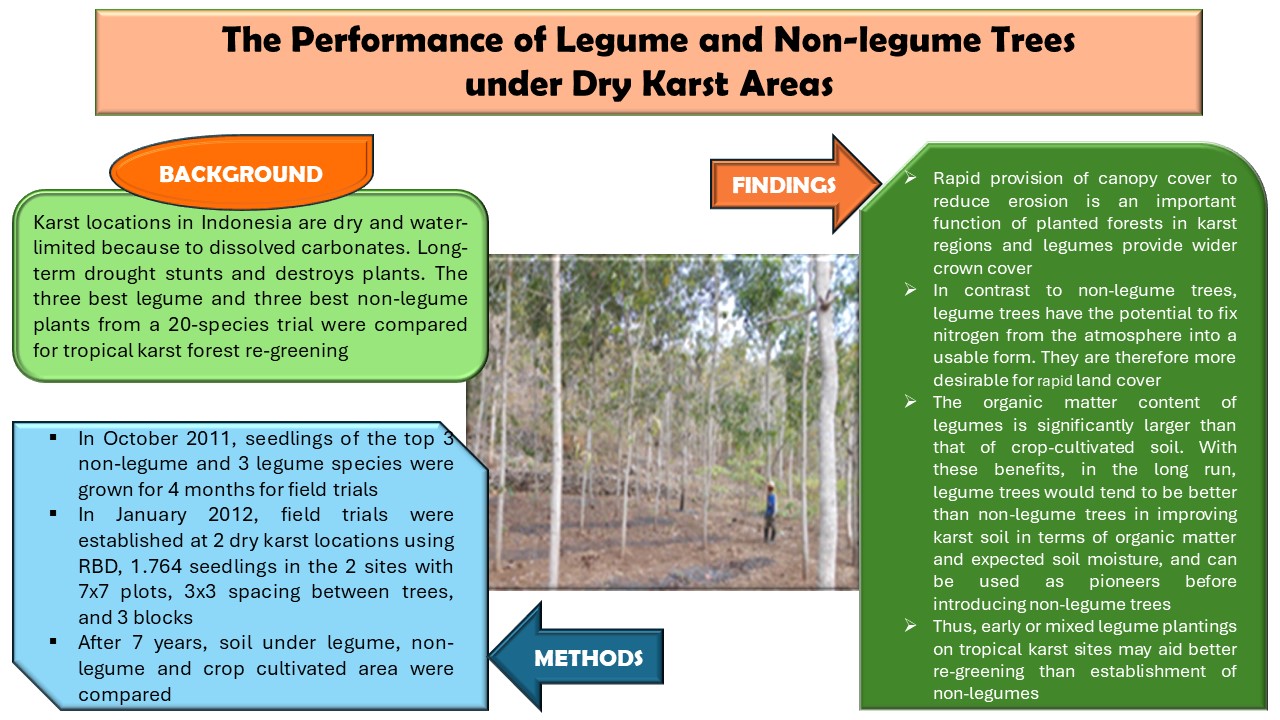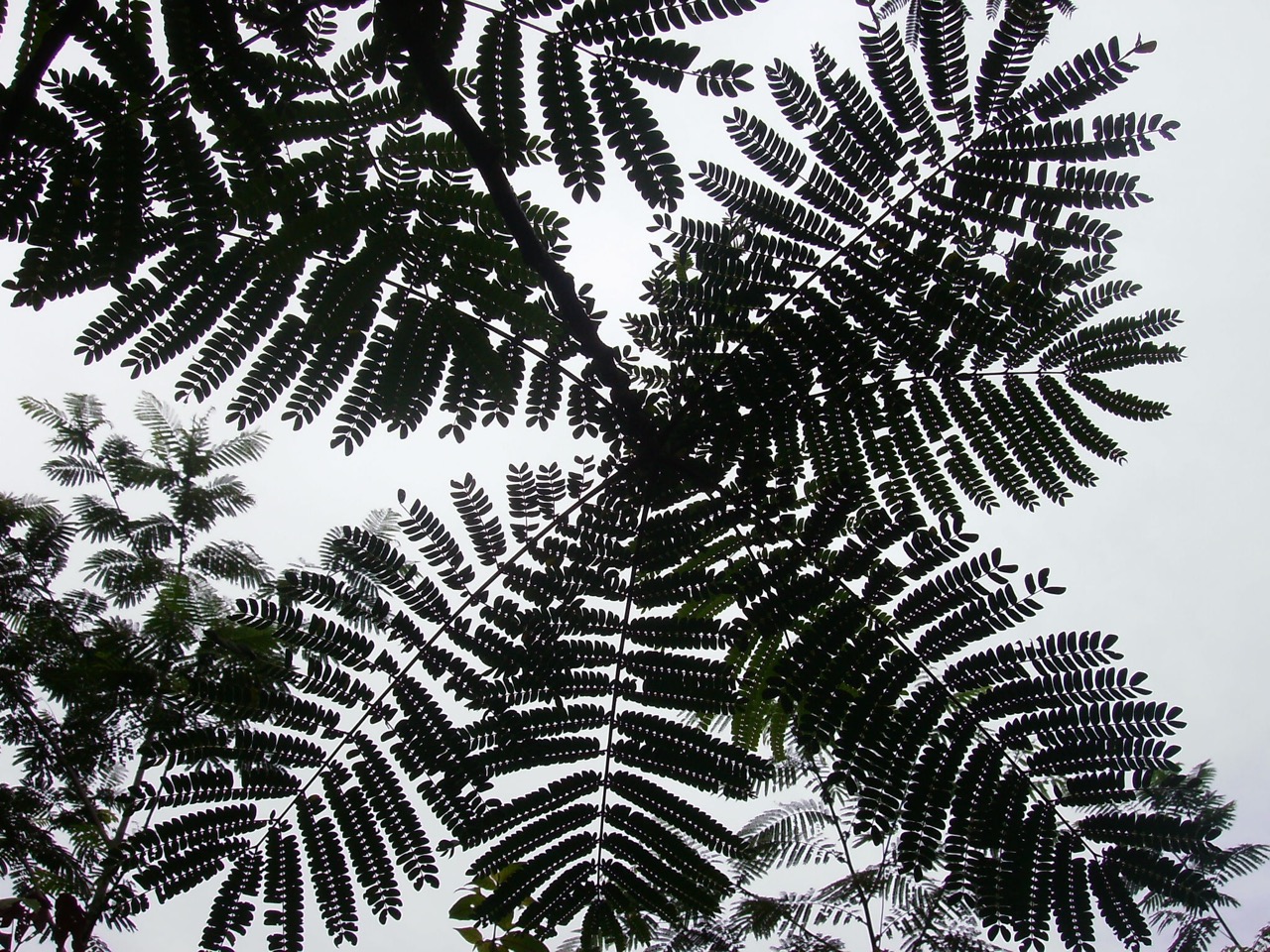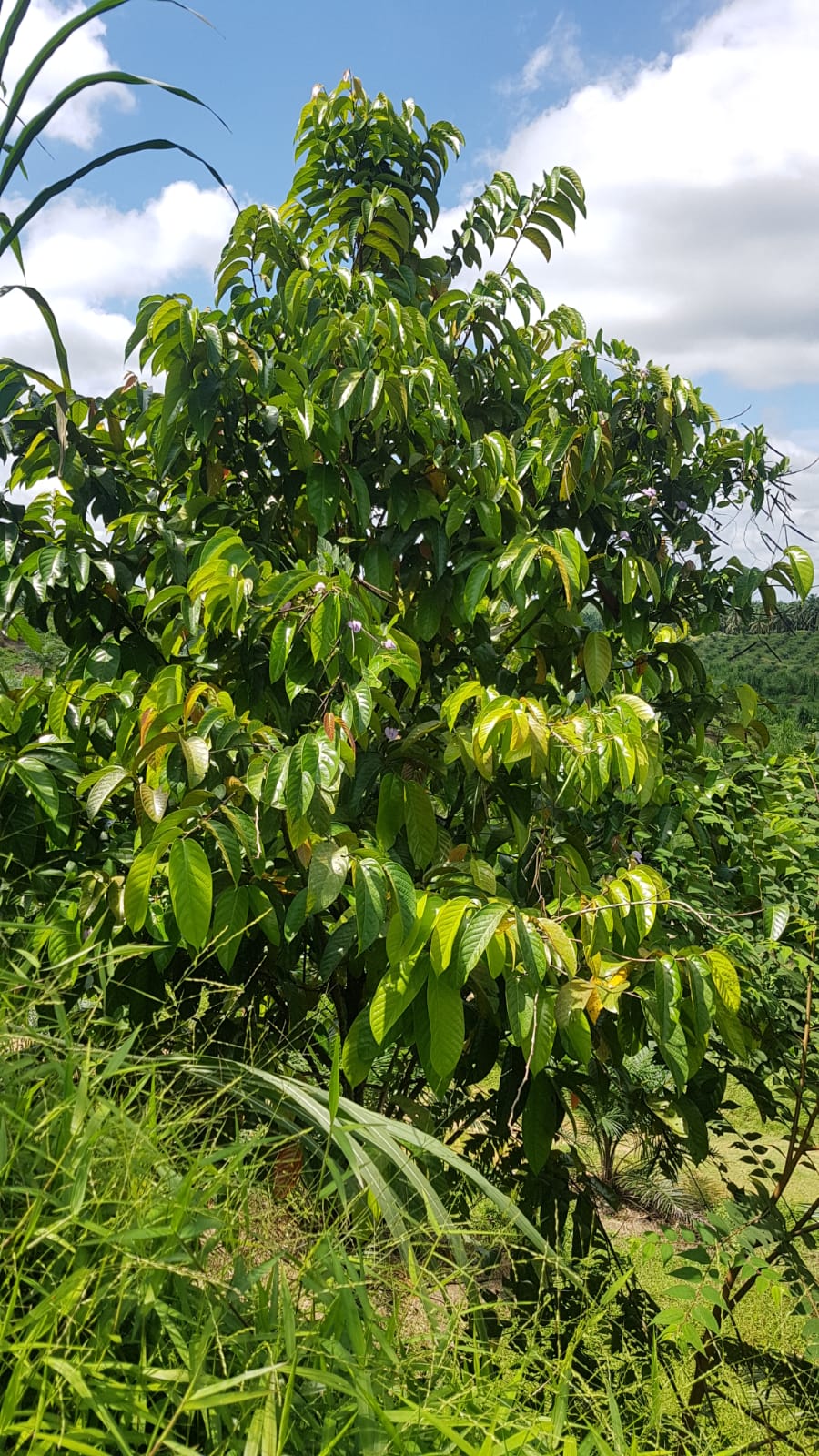Abstract
Two Falcataria moluccana (sengon) progeny trials, incorporating 100 different families from 12 provenances growing on two highly gall rust (Uromycladium falcatarium) prone sites were used to estimate genetic parameters and potentially identify rust-resistant material. The analysis was performed to assess provenance- and family-level survival, rust incidence, and growth at the two progeny trials. Height, diameter, survival, and rust incidence was measured at two progeny trials at 18 months-of-age located at Jember and Lumajang, East Java. Rust incidence at the two trial sites was severe, with only 39% overall survival (35% and 43% at Jember and Lumajang, respectively). The analysis revealed significant genetic variation at the provenance level for survival, rust incidence, and growth. No statistically meaningful narrow-sense heritability of these traits was indicated, though this is probably reflective of the inadequate within-family replication and effects associated with uneven stocking resulting from rust-induced mortality. The significant genotype-by-environment (provenance-by-site) interaction was also indicated, though the performance of some of the best- and worst-performing provenances was relatively stable, allowing recommendations of suitable provenances for further testing on rust-prone sites.
Authors
BaskorowatiL., BushD., SetiadiD., & SusantoM. (2017). Genetic Variation of Growth and Disease Resistance Traits in Open-Pollinated Provenance-Progeny Trials of Falcataria moluccana Growing on Two Rust-Affected Sites at Age-18 months. Jurnal Manajemen Hutan Tropika, 23(1), 1-7. Retrieved from https://journal.ipb.ac.id/index.php/jmht/article/view/16705

This work is licensed under a Creative Commons Attribution 4.0 International License.
Jurnal Manajemen Hutan Tropika is an open access journal which means that all contents is freely available without charge to the user or his/her institution. Users are allowed to read, download, copy, distribute, print, search, or link to the full texts of the articles in this journal without asking prior permission from the publisher or the author. This is in accordance with the Budapest Open Access Initiative (BOAI) definition of open access.




